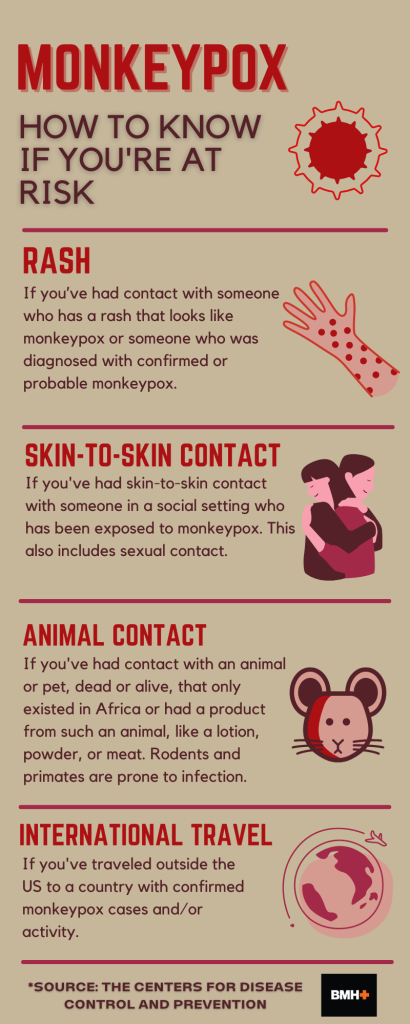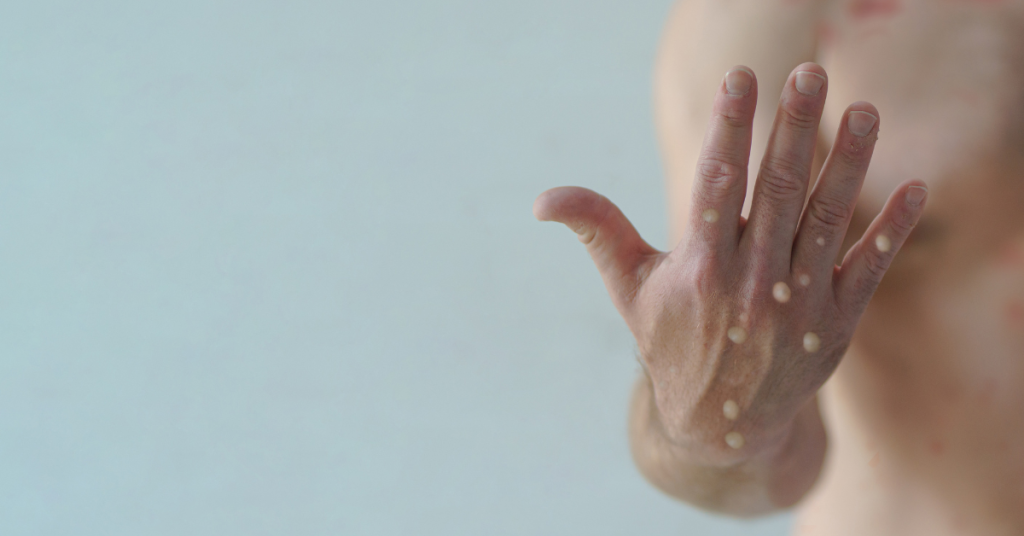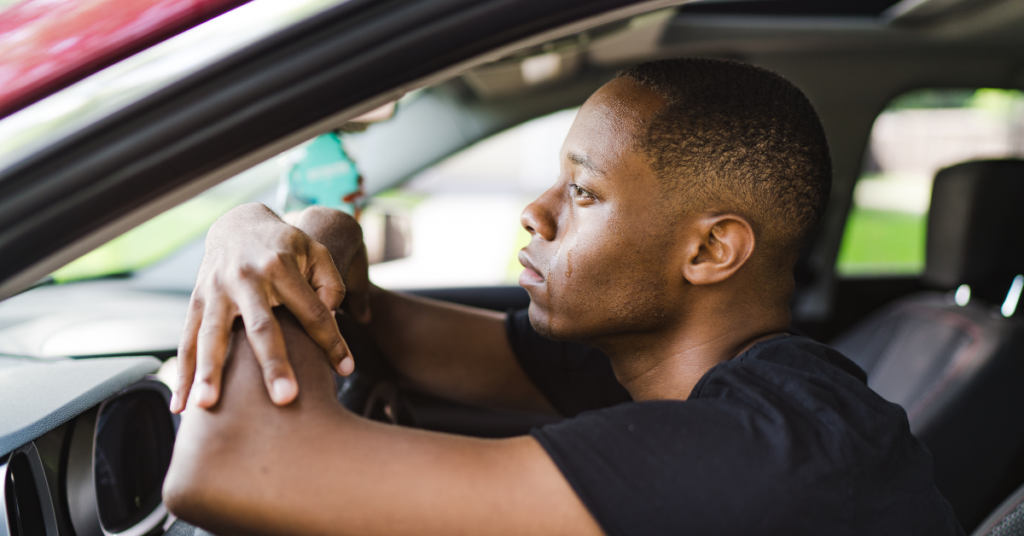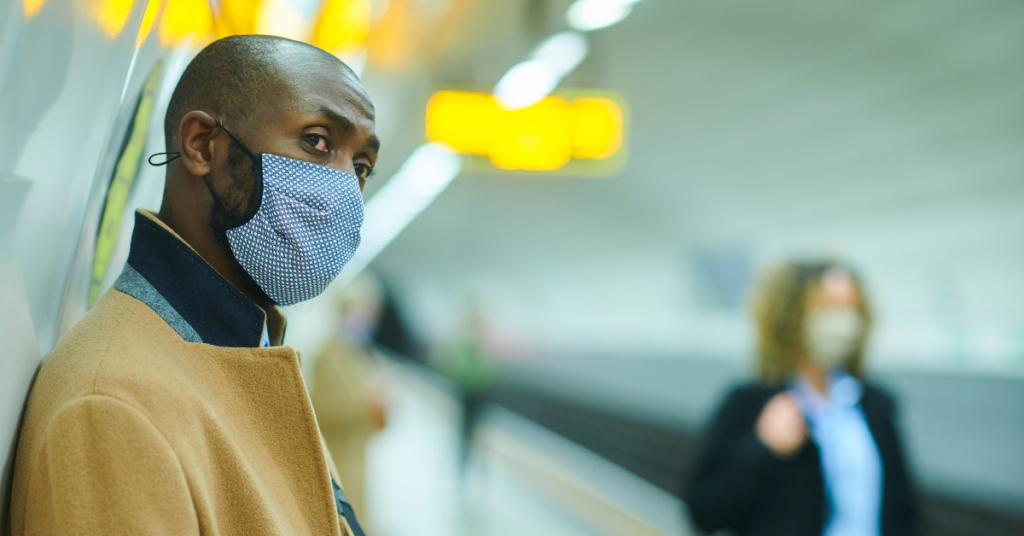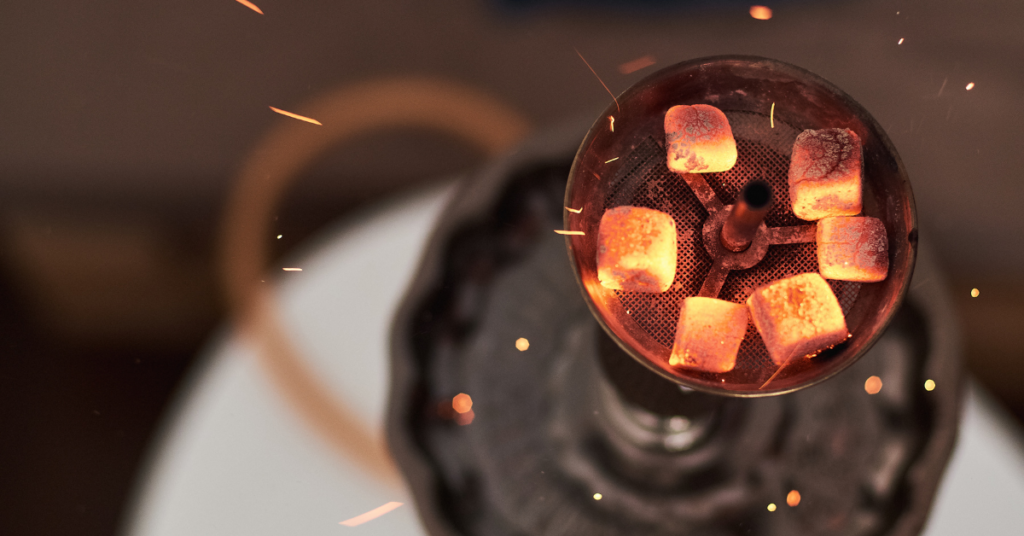Monkeypox may be a rare disease, but these days it isn’t acting like it.
On June 14, the World Health Organization (WHO) held an emergency meeting to determine whether the current surge in monkeypox cases qualifies as a global health emergency.
WHO also reported that the disease has popped up in countries where monkeypox isn’t typically found like Australia, Belgium, France, Canada, Italy, Germany, Spain, and yes, the U.S. In fact, the majority of recent cases have come from Europe.
According to the Centers for Disease Control and Prevention, early data suggests that gay, bisexual, and other men who have sex with men make up a high number of cases. But anyone can contract monkeypox if they’ve been in close contact with someone who has it.
Speaking of infection, people with the disease experience flu-like symptoms like headache, fever, muscle aches, chills, fatigue, and swollen lymph nodes. A rash with fluid-filled bumps appears on the face and can spread throughout the body in one to three days.
While there is no cure for monkeypox, it lasts between two and four weeks with most infected persons recovering. The disease has a low fatality rate between 3%-6%.
But the hysteria around this mysterious condition, first discovered in colonies of research monkeys in 1958, has the world in a bit of a chokehold.
With information from the CDC, Black Men’s Health has prepared an infographic below that details how to know whether you’re at risk for monkeypox.
